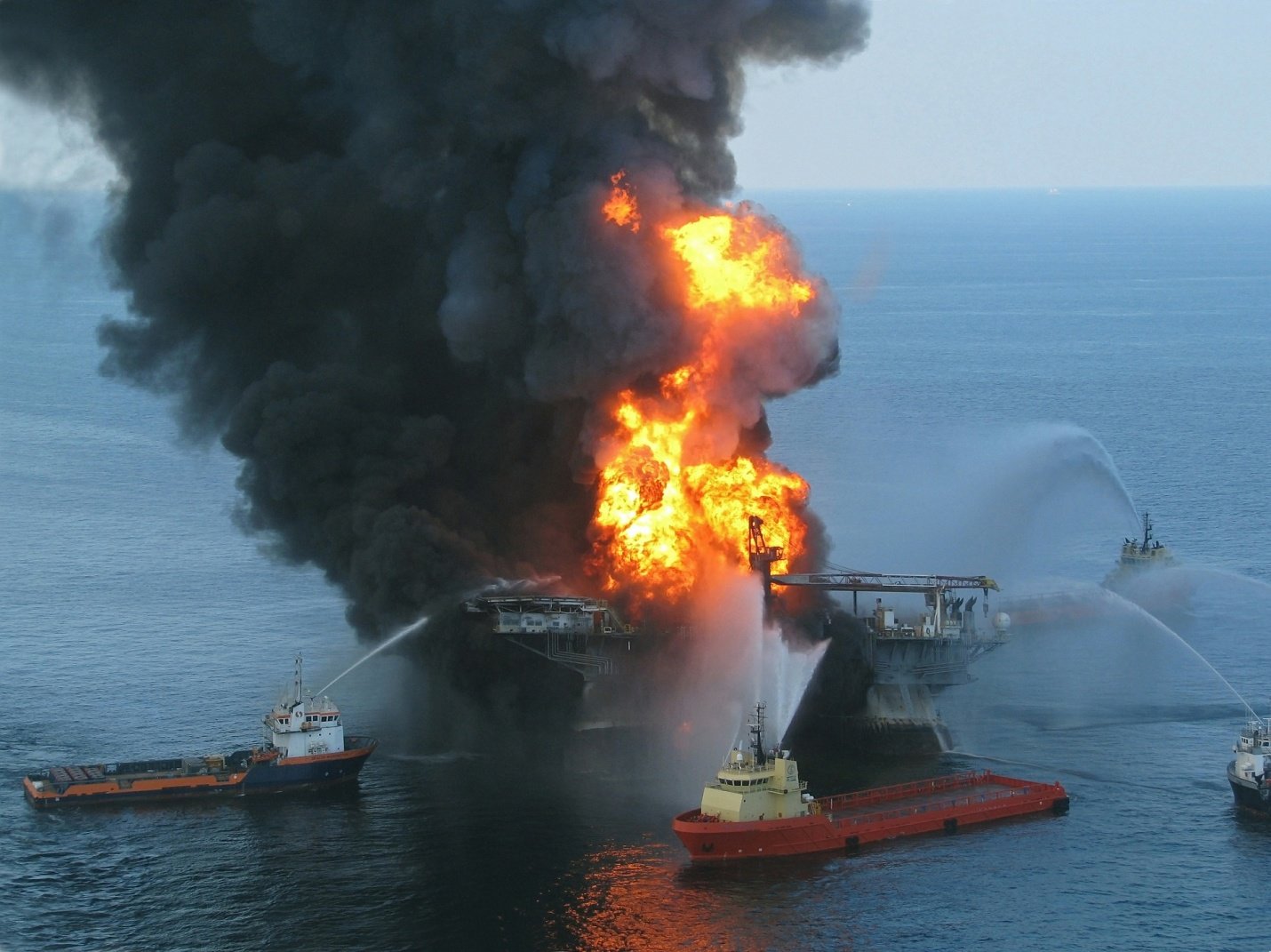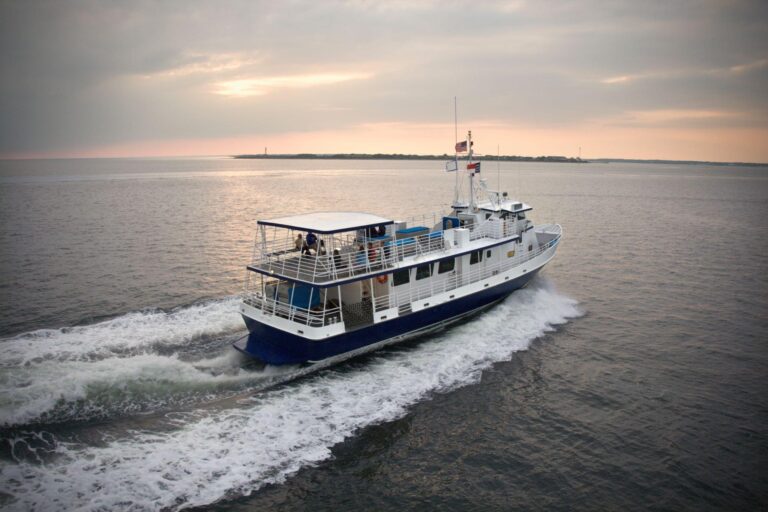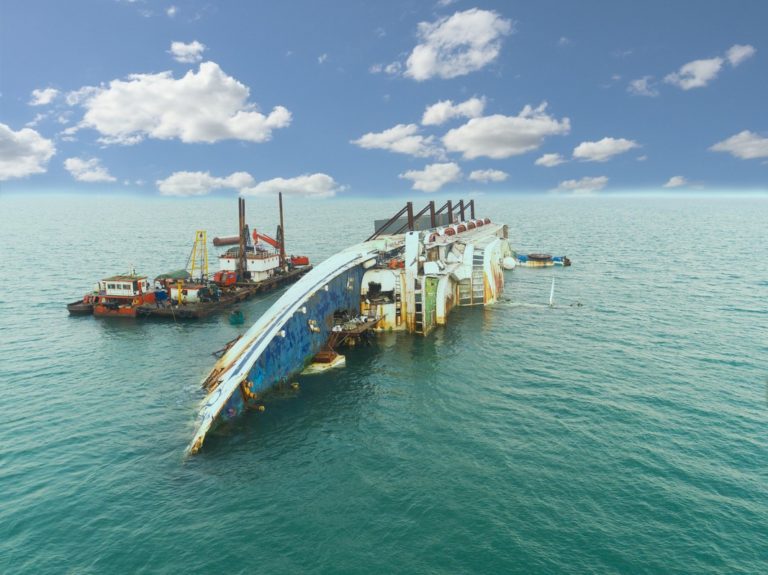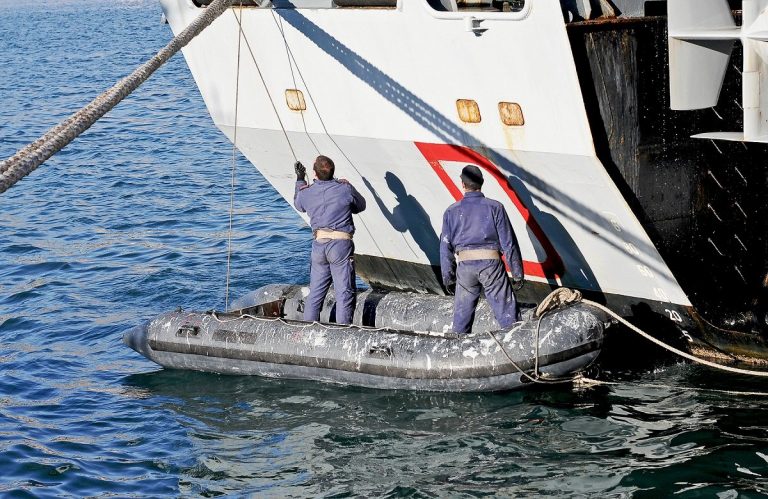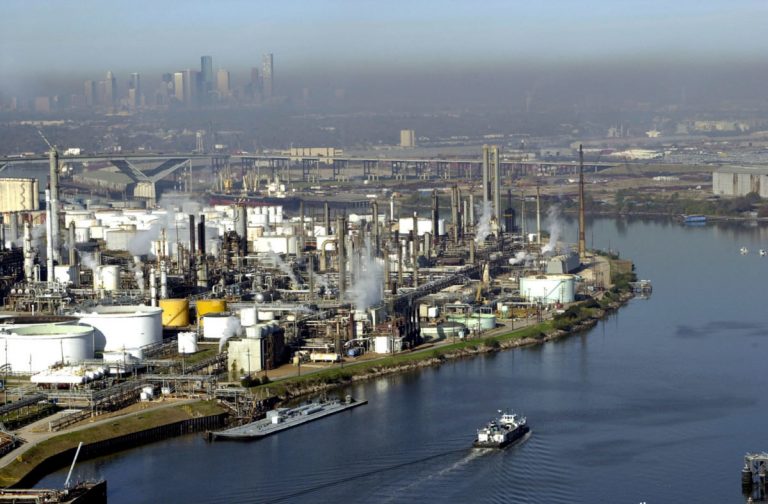It was bound to happen. At some point, maritime lawyers, safety advocates and families of the 11 crew members who died in the Gulf of Mexico explosion, were bound to find out that cost-cutting measures/greed for profit had been behind the disaster. The New York Times has attained documents from a congressional investigator that show that BP chose a risky option of sealing the well, which likely led to gas leaking from the well. The option that BP chose only resulted in one barrier to prevent the gas from reaching the wellhead. The other option would have placed two barriers to ensure safety. However for financial considerations, BP chose Option One.
This week, investigators blamed the explosion on the failure of the cement casing which was done by Halliburton. Halliburton insists that all cement casing procedures were dictated by BP.
If this is true, then one of the world’s biggest oil companies that is worth in the trillions of dollars, let “financial considerations” dictate its procedures, thereby placing the lives of more than 100 oil workers on the rig at risk. It’s hard to fathom the extent of corporate greed and callousness that possibly resulted in this explosion. A company like BP has a history of violations and placing profits over worker safety that goes back years. That BP would choose a risky option that would place worker lives at risk by compromising on one of the most sensitive piece of engineering procedures on the rig, is hardly surprising to maritime lawyers. The only question is how workers’ families, workers and the public at large will choose to punish BP this time round. This time, there must be no soft approach, and no leniency.

